Study Finds Starlink’s Direct to Cell Mobile Data Satellites are Quite Bright
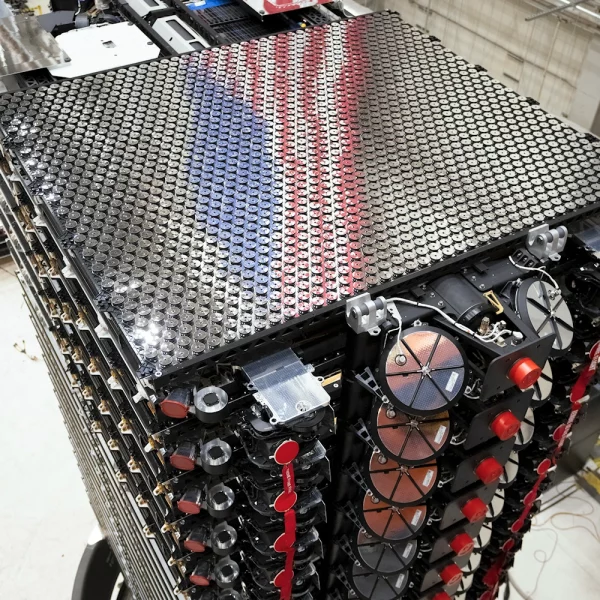
A recent study has warned that Starlink’s (SpaceX) latest broadband and Direct to Cell based satellites in Low Earth Orbit (LEO) are somewhat brighter than the company’s previous spacecraft, which risks adding to the headaches that observational sciences (e.g. astronomy) already have to tackle.
Starlink currently has 6,313 LEO satellites (c.2,000 are Mini GEN 2A) in Low Earth Orbit (LEO altitudes of c.500-600km) and they’re in the process of adding thousands more by the end of 2027. Customers in the UK typically pay from £75 a month for a 30-day term, plus £299 for hardware on the ‘Standard’ plan, which promises internet latency times of 25-60ms, downloads of c. 25-100Mbps and uploads of c. 5-10Mbps.
According to a previous study (here), Starlink’s latest GEN2 Mini (Bus F9-2) satellites have done a lot to resolve the brightness problem and were found to be over ten times fainter than SpaceX’s first generation (GEN1) spacecraft – despite GEN2s being much larger (3-4x once fully deployed). The mean of apparent magnitudes for Mini satellites recorded during early mission phases is 3.07 and the corresponding mean of magnitudes adjusted to a uniform distance of 1,000km is 5.08.
Advertisement
However, on top of that, the company has also begun launching satellites with their new global Direct to Cell (DtC) mobile roaming capability (details), which enables basic 4G communications using nothing more than regular unmodified smartphones on the ground. So far they’ve got about 116 of these into orbit and a new study finds that they’re brighter than the GEN2 Minis. Take note that the DTCs are slightly larger than Starlink’s existing satellites (125 m2 versus 116 m2), which is due to the new DTC antenna.
Study Conclusion
The mean apparent magnitude of low altitude Starlink DTC satellites is 4.62 while the mean of magnitudes adjusted to a uniform distance of 1000 km is 5.50. DTCs average 4.9 times brighter than Starlink Internet spacecraft when observed at a common distance.
However, we cannot currently separate the effects of the DTC antenna itself, the different attitude modes that may be required for DTC operations and to what extent brightness mitigation procedures were in place at the times of our observations.
In a best case scenario, where DTC brightness mitigation is as successful as that for other Minis and the DTC antenna does not add significantly to brightness, we estimate that DTCs will be about 2.6 times as bright as the others based upon their lower altitudes.
The DTCs spend a greater fraction of their time in the Earth’s shadow than satellites at higher altitudes. That will offset some of their impact on astronomical observing.
On the surface this might not seem so bad per individual satellite, but this has to be taken in the context of Starlink’s plan, which could see 7,500 DTC spacecraft put into even lower orbits of between 340 and 345km; these will join the c.7,500 Starlink Mini satellites at higher altitudes. The impact upon light pollution and observational sciences would thus be magnified.
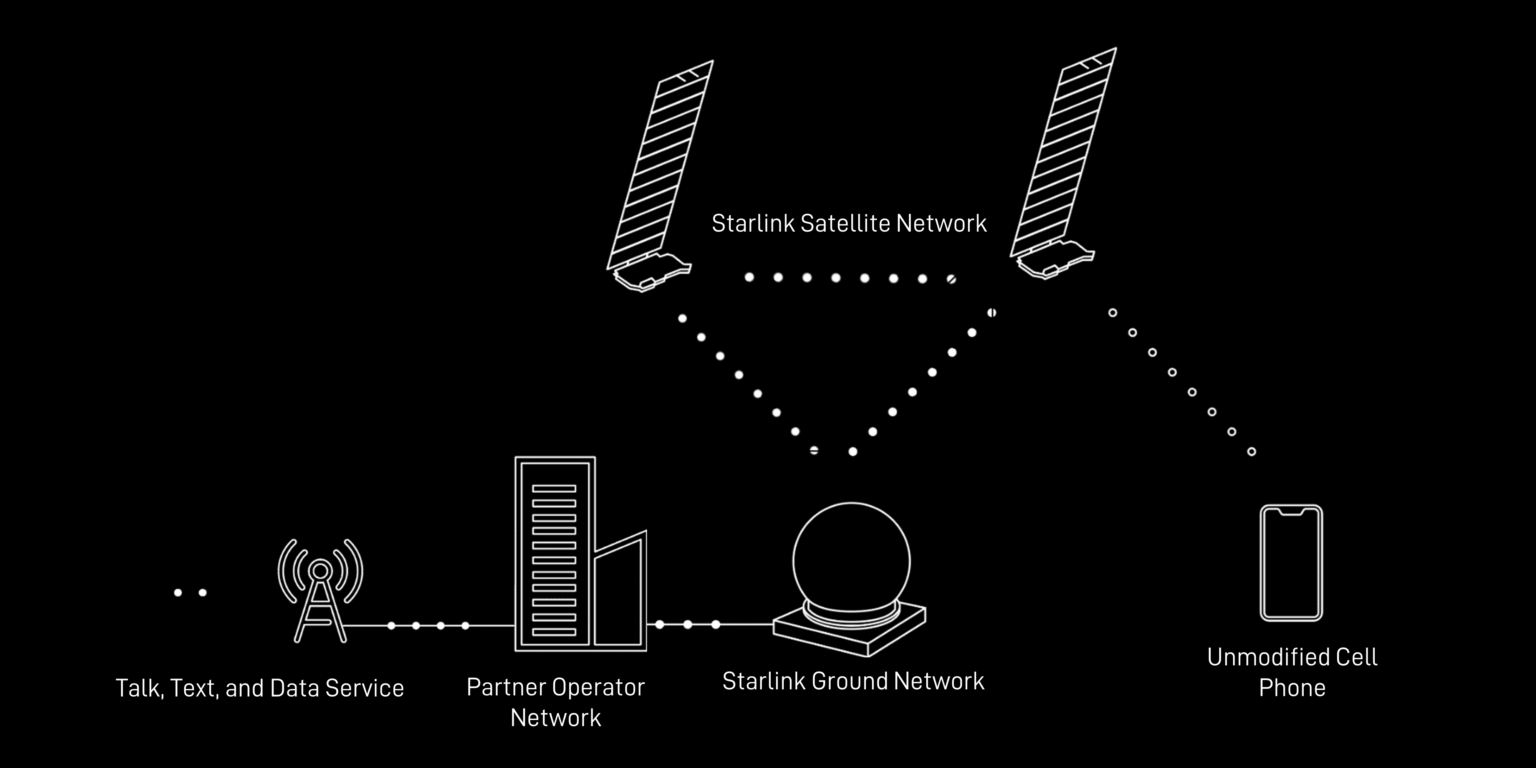
Just for some additional context, AST Space Mobile’s significantly larger 1.5-ton BlueWalker 3 satellite (featuring a huge 64.4-square-metre phased array antenna – here) – orbiting at an altitude of a little over 500km and offering similar mobile capabilities – seems to move between a staggering brightness of +0.4 (i.e. akin to one of the ten brightest stars in the sky) and a heavily dimmed +6 as it rotates.
Advertisement
However, AST only plans to launch 100 of these and BW3 was an experimental platform, while the company plans to make their production models (aka – BlueBirds) much dimmer. We should add that brightness isn’t the only consideration with these mobile-centric satellites, and concerns have also been raised over their impacts upon radio astronomy (inc. weather predictions) and interference with other radio services. But that’s more of a matter for Ofcom in the UK and the ITU more globally.
Mark is a professional technology writer, IT consultant and computer engineer from Dorset (England), he also founded ISPreview in 1999 and enjoys analysing the latest telecoms and broadband developments. Find me on X (Twitter), Mastodon, Facebook, BlueSky, Threads.net and Linkedin.
« ISP Grain Breaks Own Record with 29 Minute UK FTTP Broadband Install







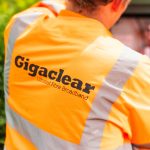

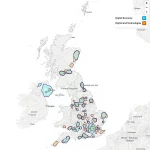

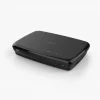


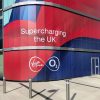







































Looks Promising.
Elon seems to take great pleasure in annoying as many people as possible. I see why astronomers think they should be left out….LOL
If you think Starlink is annoying, just wait until we have to deal with the Chinese. They’ve launched the first satellites of their own constellation and already made a mess with debris…
Long shot but out of curiosity does anybody know what the antenna gain of the DtC array is?
The FCC file has data on this:
https://licensing.fcc.gov/cgi-bin/ws.exe/prod/ib/forms/reports/swr031b.hts?q_set=V_SITE_ANTENNA_FREQ.file_numberC/File+Number/%3D/SATMOD2023020700021&prepare=&column=V_SITE_ANTENNA_FREQ.file_numberC/File+Number
Satellite downlink transmissions will operate over a range of parameters more fully captured in the Schedule S, with no more than a peak antenna gain of 38 dBi, peak Effective Isotropic Radiated Power (“EIRP”) of 58 dBW, and peak EIRP density of -2.33 dBW/Hz (per 1.4 MHz channel).